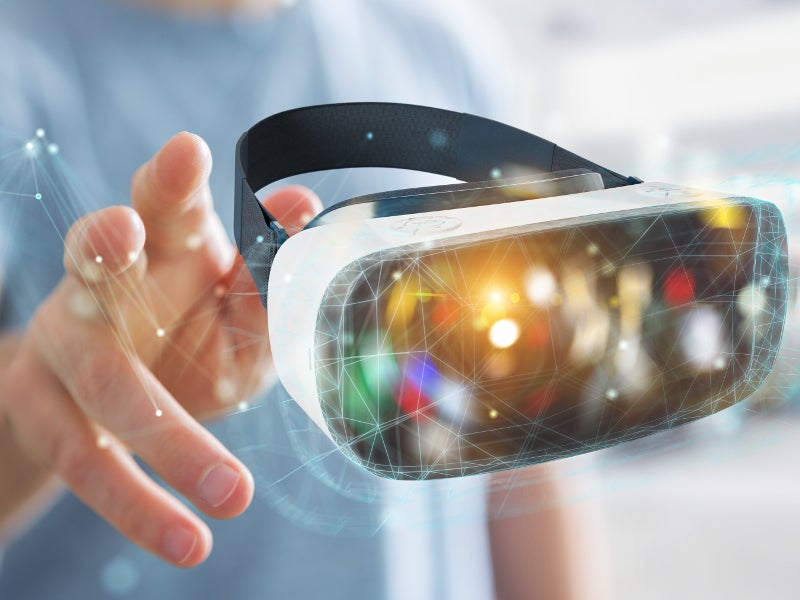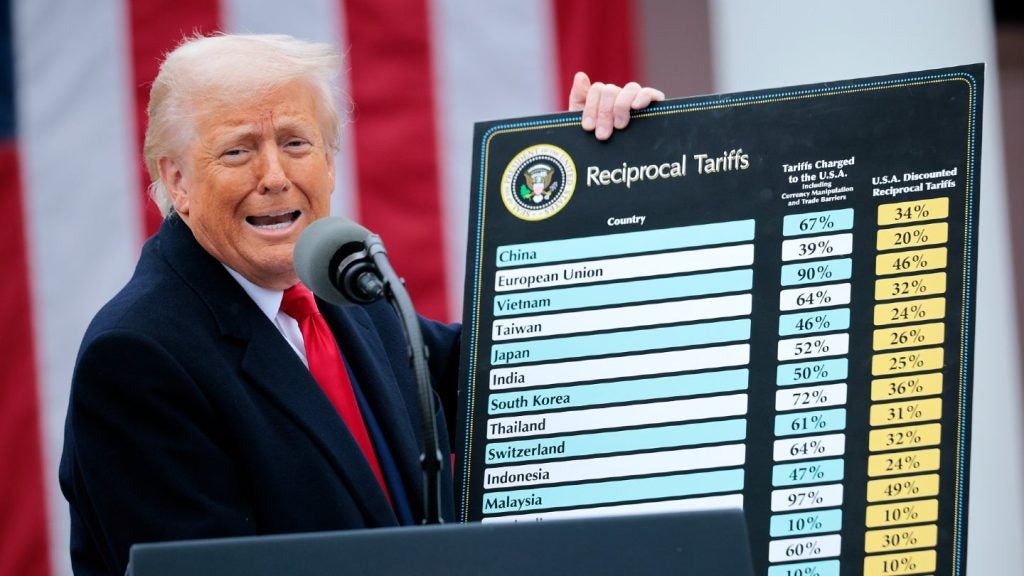
Key Milestones in VR Development, Evolution of VR Technology
The history of virtual reality (VR) is longer than you might think. VR is entering its second generation, which is expected to have greater appeal to consumers as well as enterprises compared to the previous generation. VR technology has evolved significantly over the past five years, with improvements on both the hardware and software side. However, issues such as latency, nausea, high prices, and underdeveloped ecosystems have been obstacles to widespread adoption. VR companies are increasingly using AI and cloud technologies to develop stronger ecosystems, while the arrival of 5G promises to address the latency and nausea issues.
Timeline
Invented in the 1950s, VR’s development has experienced peaks and troughs. The first VR head-mounted display (HMD) system, The Sword of Damocles, was invented in 1968 by computer scientist Ivan Sutherland and his student Bob Sproull. Meanwhile, the term “virtual reality” was popularised by Jaron Lanier in the 1980s. Ten years later, VR was used for training and simulation in the US military and the National Aeronautics and Space Administration (NASA). Mass production of VR systems began in the early 1990s, led by Virtuality, which opened dedicated VR arcades.
Contemporary VR devices emerged with the introduction of the PC-connected Oculus Rift prototype in 2010. Between 2014 and 2017, the market progressed from PC-tethered headsets (e.g. the HTC Vive) to console-tethered headsets (e.g. Sony’s PSVR) and mobile-tethered headsets (e.g. Samsung GearVR and Google Cardboard). Untethered headsets (e.g. Oculus Go, Lenovo Mirage Solo, and HTC Vive Focus) arrived in 2018, making VR an independent platform.
The major milestones in the journey of the VR theme are set out in the timeline below.
The history of virtual reality
From Sensorama to Oculus Quest and beyond
1956 – Sensorama, considered to be one of the earliest VR systems, was invented.
1968 – The first VR HMD, The Sword of Damocles, was created.
1977 – Developed at MIT, the Aspen Movie Map enabled users to vitake a virtual tour of Aspen, Colorado.
1984 – Jaron Lanier founded VPL Research, one of the first companies to develop and sell VR products.
1991 – The first VR arcade machine, Virtuality, was introduced.
1994 – Sega introduced its VR-1 motion simulator in its SegaWorld arcades.
2007 – Google introduced Street View, which provides panoramic views of locations.
2010 – The first prototype of the Oculus Rift headset was designed.
2014 – Facebook acquired Oculus for $2bn.
2014 – Sony announced the launch of Project Morpheus, a VR headset for its PS4 console.
2015 – Apple awarded the patent for a head-mounted display apparatus.
2015 – Google launched Cardboard, which uses a head mount to turn a smartphone into a VR device.
2015 – Samsung launched the Gear VR headset.
2015 – The HTC Vive headset, developed by HTC and Valve, was unveiled at Mobile World Congress.
2016 – The first generation Oculus Rift device was released.
2016 – Sony’s introduced PlayStation VR (PSVR).
2017 – Microsoft launched the Xbox One X, its VR-ready games console and headset.
2018 – Facebook revealed camera-loaded glasses optimised for ‘social VR’.
2018 – Facebook released its untethered Oculus Go headset.
2018 – Lenovo’s Mirage Solo, the first headset running Google Daydream, became available.
2019 – Sony announced that it had sold more than four million PSVR headsets.
2021 – More than 85 million VR headsets will be in use in China, according to PwC.
2023 – Cloud-based VR gaming will be increasingly prominent, supported by 5G networks.
2030 – VR will be a $28bn market, according to GlobalData forecasts.
This is an edited extract from the Virtual Reality – Thematic Research report produced by GlobalData Thematic Research.
“Metaverse company” Facebook assigns 0.0006 of revenue to metaverse safety
How the metaverse will help us connect in the future workplace
Facebook’s Metaverse: Future of post-pandemic business, or just another attempt to kickstart VR/AR?








